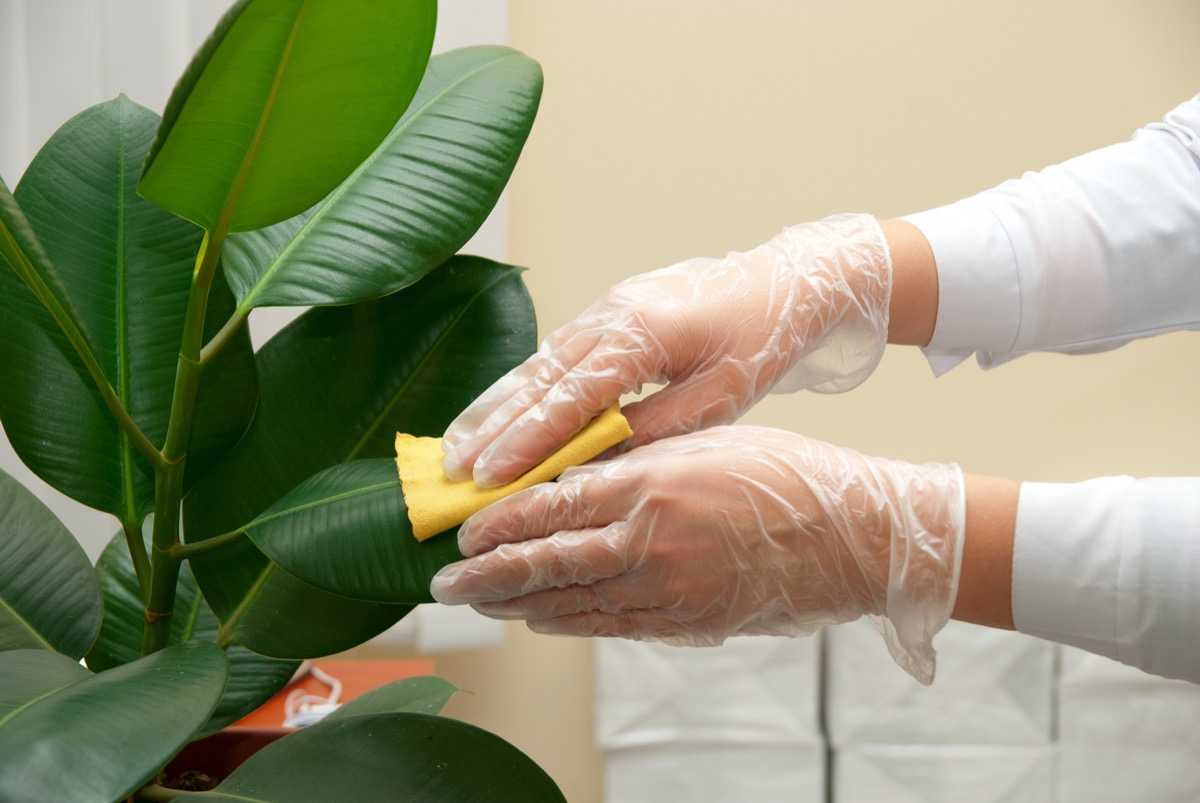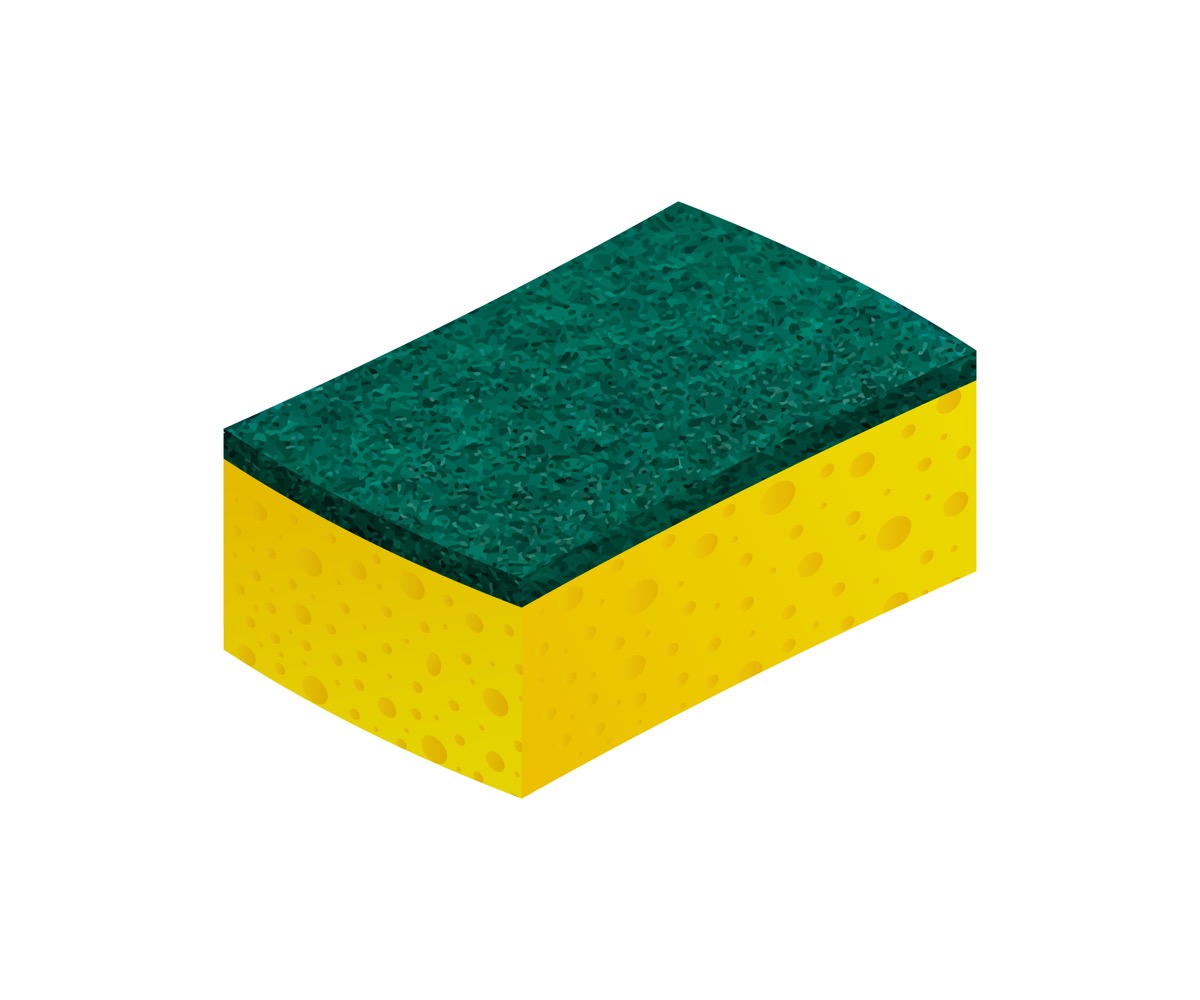Watering Plants
Whether you tried the above point or not, you can still use a sponge for your plants. This time, you are using a sponge to assist with moisture control and watering. Put a sponge in a planter, cutting it to make sure it fits in the bottom. From there, fill the planter with soil then your plants.

The sponge works to soak up excess moisture, so you don’t drown your plant with too much water.
The same principle applies to the soap dish—believe it or not. You can put a sponge under a bar of soap to dry it faster. This keeps your soap from prematurely disintegrating, so you can get more bang for your buck.
More from Things Health
-
Living With Fibromyalgia
Fibromyalgia syndrome affects the muscles and soft tissue. Symptoms include chronic muscle pain, fatigue, sleep problems, and painful tender points or trigger points, which can…
-
Every Diabetic Should Do These 8 Things
Being diagnosed with diabetes can be perplexing, however, through some minor lifestyle changes it can be less daunting. Everyone knows that it’s important to keep…
-
Living With Hypothyroidism
Maintaining a healthy weight may be a struggle when you are living with hypothyroidism. Like many individuals with untreated hypothyroidism, the symptoms include fat increase,…
-
A List of The Best Vitamins and Supplements for People with Diabetes
Did you know that supplementing can help manage symptoms of diabetes? We all know that a well-balanced low GI diet, regular movement and Insulin and…
-
13 Facts About The Flu Shot Everyone Should Know
There are a myriad of misconceptions when it comes to the flu vaccine. One of the most widely spread misconception is that you are given…






